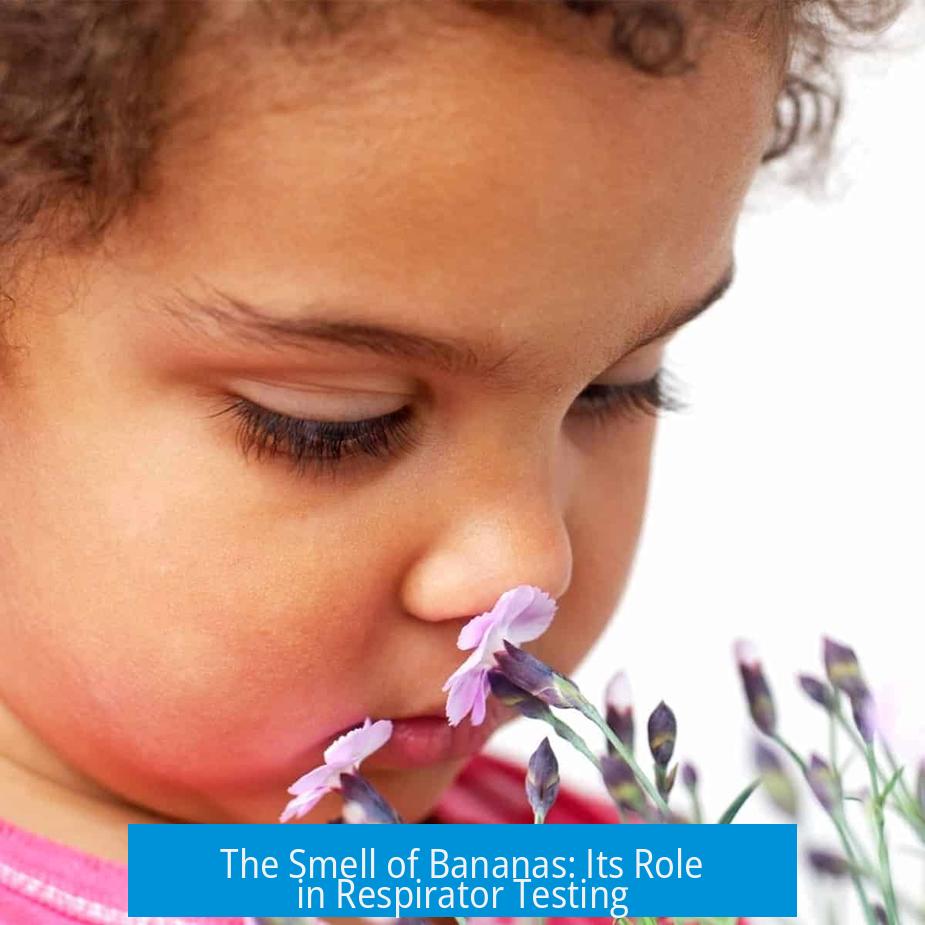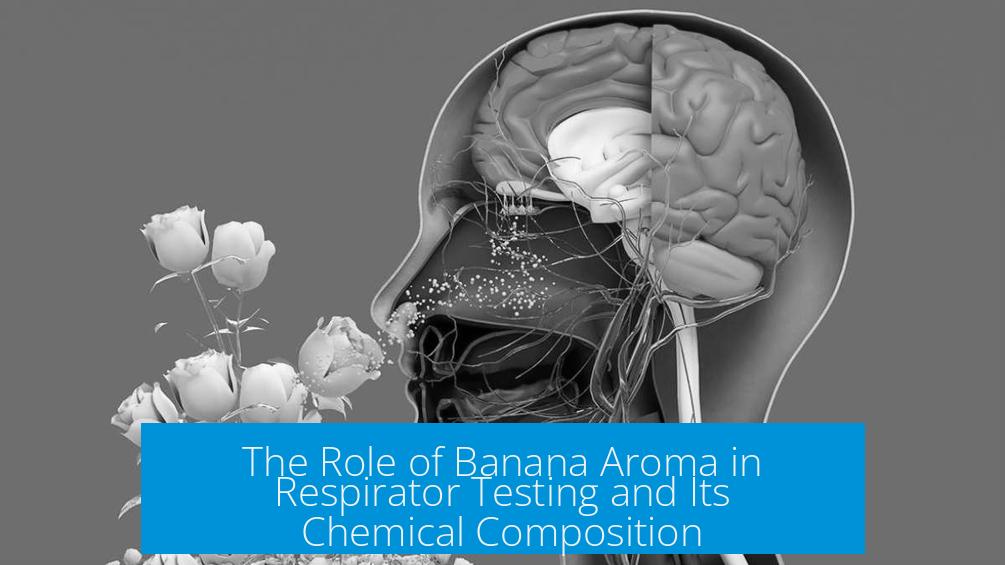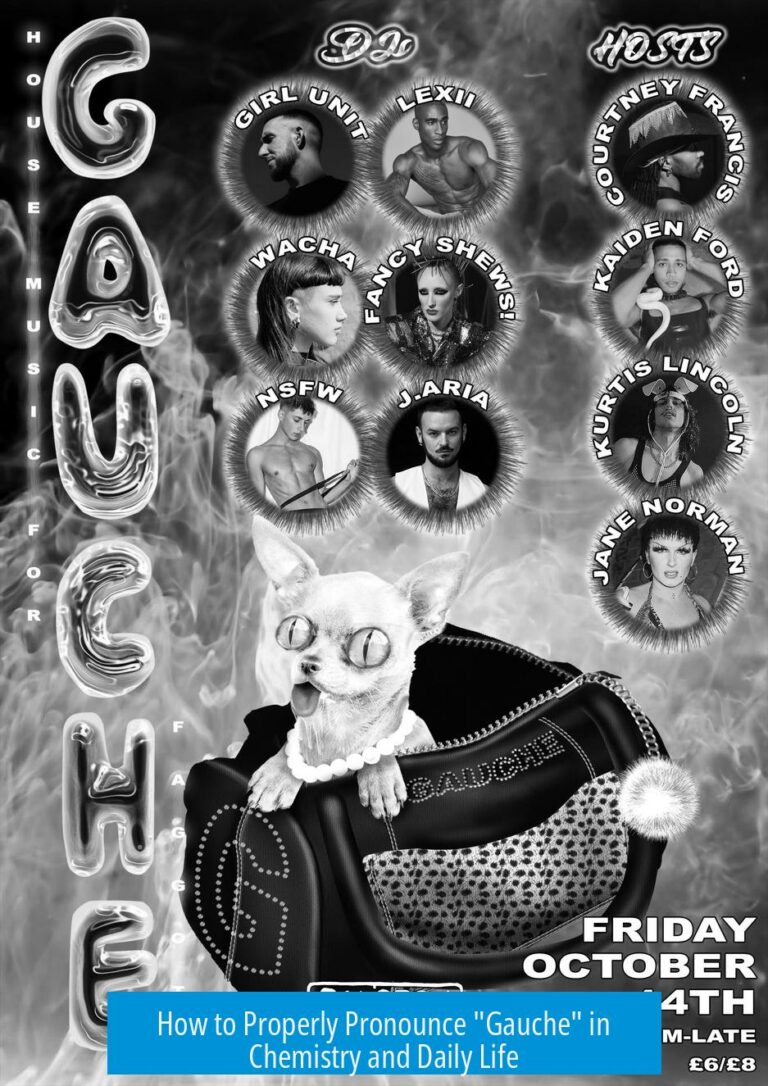The Smell of Bananas: Its Role in Respirator Testing

The smell of bananas, caused primarily by the chemical isoamyl acetate, is used in respirator testing to detect leaks in protective masks. If a wearer detects the banana odor, it signals an improper fit or seal of the respirator.
Why Banana Smell Is Used in Respirator Testing
Respirators protect users by filtering airborne hazards. However, a poor seal compromises safety. Testing with a banana-scented agent helps identify leaks quickly and reliably.
- If the wearer smells the banana scent during testing, their personal protective equipment (PPE) is not fitted correctly.
- This method provides immediate feedback to users and trainers to ensure proper mask placement.
Chemical Behind the Banana Aroma
Isoamyl acetate generates the recognizable banana smell. This ester mimics the natural smell of ripe bananas and is volatile enough to be detected at low concentrations.
Though effective, isoamyl acetate is not the safest chemical. Alternatives like benzyl acetate could be considered to reduce potential health risks during testing, but isoamyl acetate remains widely used due to its strong and familiar scent.
Practical Usage and Industry Examples
Companies specialize in producing “banana oil” solutions for respirator fit testing. For example, some vendors provide banana-smelling aerosol sprays, which trainers use to evaluate mask integrity:
These products simulate airborne contaminants by releasing banana-scented vapors. If a user detects the smell, it confirms that the respirator is leaking.
Human Experience with Banana Smell Testing
Many find the banana odor pleasant and tempting. Some testers report difficulty resisting the urge to deeply inhale the scent, highlighting its strong and attractive nature.
Key Points to Remember
- The banana scent in respirator testing primarily comes from isoamyl acetate.
- Sensing the scent indicates a poor respirator seal and potential exposure risk.
- Despite safety concerns, isoamyl acetate remains the standard chemical for this use.
- Banana oil sprays are commercially available and widely used by professionals.
- The smell is strong and appealing, aiding in easy detection during testing.
What causes the distinctive banana smell used in respirator testing?
The smell mainly comes from isoamyl acetate. This chemical has a strong banana-like odor used to detect seal problems in respirators.
Why is the banana smell important in testing respirator fit?
If you can smell bananas during the test, it means the respirator isn’t sealed properly. Detecting the odor shows the protective gear is not worn correctly.
Are there safer alternatives to isoamyl acetate for banana scent testing?
Some suggest using benzyl acetate instead. Isoamyl acetate isn’t the safest chemical, so alternatives could reduce risk while still providing a banana-like odor.
How is banana smell applied in real-world respirator testing?
Banana oil sprays are used by companies to test mask fit. When wearing the respirator, users try to detect the smell to confirm a good seal.
What do people typically say about the banana smell during testing?
Many find the scent strong and tempting to sniff deeply. It’s a unique smell that stands out, making it effective for detecting leaks.





Leave a Comment